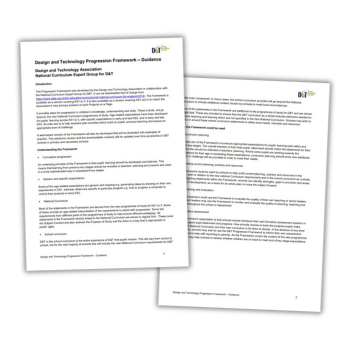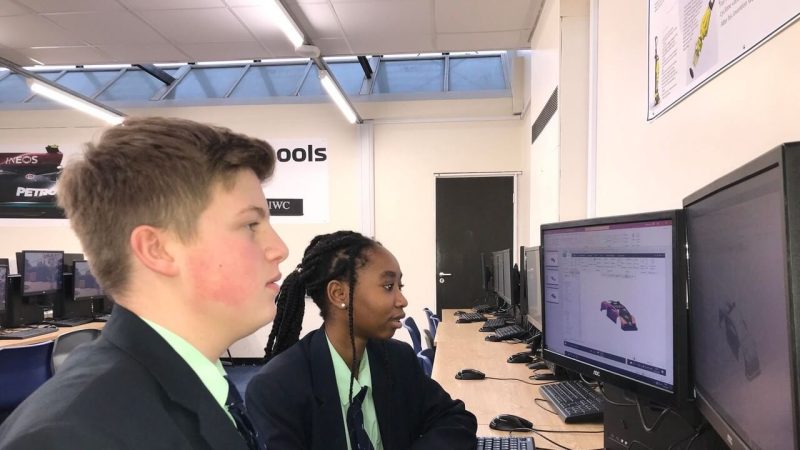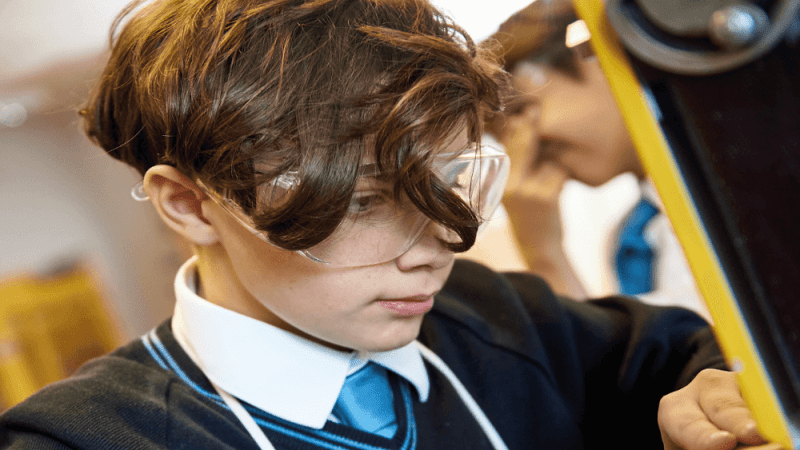D&T – Change how design and technology is taught in your school

Emily Campbell describes how a focus on concept, rather than product, underpins a powerful new KS3 design curriculum at Creative Education Trust…

Creative Education Trust was founded to improve educational outcomes from schools in Britain’s post-industrial cities and coastal towns.
Eight years ago we wrote our own Key Stage 3 design syllabus. One of our ambitions was to rehabilitate a subject (Design & Technology) that had tended to be marginalised as a technical skills programme fit for students of weak academic ability.
We wanted to raise the status of design in our schools by demonstrating that it shared the conceptual exigencies of subjects generally considered more cerebral, while keeping it accessible to students of all backgrounds and abilities.
Our experience of the commercial design world told us that outstanding design benefits from a rigorous conceptual approach as much as a school subject like English, maths, science or history does, and we wanted to replace some of the orthodoxies of school D&T teaching with the conceptual preoccupations of professional designers, architects and engineers.
Explain and understand
At the time, D&T teaching was very much focused on products – as if to say that without products, there’s no such thing as design.
This is like saying that without adhesives or cosmetics, there would be no such thing as chemistry. Or without balance sheets, there would be no such thing as mathematics.
Maths is the study of quantity; chemistry the study of substances.
We asked ourselves what design is the study of, and came up with six answers: structure, pattern, meaning, performance, human interaction and practice.
These became the key concepts of the design programme that is now embedded in ten secondary schools.
Instead of asking students to design a chair made of sheet material; we would ask them to invent a structure that could support their own weight. By switching the emphasis from product to concept, we obstructed the impulse to copy.
The tasks in A Few Minutes of Design, published last year, all have this character.
We don’t say ‘redesign the watering can’, we say, ‘in your own words, explain how the watering can rose does its job’, changing the focus from the product to the concept of performance.
Instead of asking students to design a surface pattern, we ask them to invent a rule that will generate a pattern – again, the outcome is not on the decorative product, but an understanding how patterns arise from rules that govern variation.
Original connections
This is less highbrow than it might sound, since each of our concepts is a common word in regular parlance, and every exercise is conceived to activate what students already know.
Of course they have plenty of practical fun building structures and machines, inventing symbols and telling stories visually.
But we don’t ask students which design they like or don’t like, or which is ‘boring’ and which ‘fun’.
We ask them to judge a design as being sound and plausible in terms of its structure, its use of rules, the meaning it conveys, its ability to perform the intended function, or to respond to what people are really like and how they behave.
The programme integrates a high degree of literacy, in recognition of how design can support critical thinking when it requires students to put their observations into words.
2018 saw a new initiative: three days of the year in which every Year 8 lesson across 11 secondary schools – from science to PE, maths to languages, history to art and D&T – is driven by the concept of either Structure, Pattern or Human interaction.
We want students to know that their subject knowledge is linked by some bigger ideas; to break down any structure into its parts, to recognise how patterns are generated, and to anticipate the contingency that attends any enterprise involving other people.
We are delighted that the Durham Commission on Creativity and Education has recognised Knowledge Connected as exemplary, and indeed that the principles of the report echo the early thinking of our programme: creativity is not confined to arts subjects, and above all depends on making original connections to propose new things.
Emily Campbell is Director of Programmes at Creative Education Trust, responsible for Knowledge Connected, its integrated curriculum. She is the author of A Few Minutes of Design: 52 Activities to Spark Your Creativity (Princeton Architectural Press, 2018).











